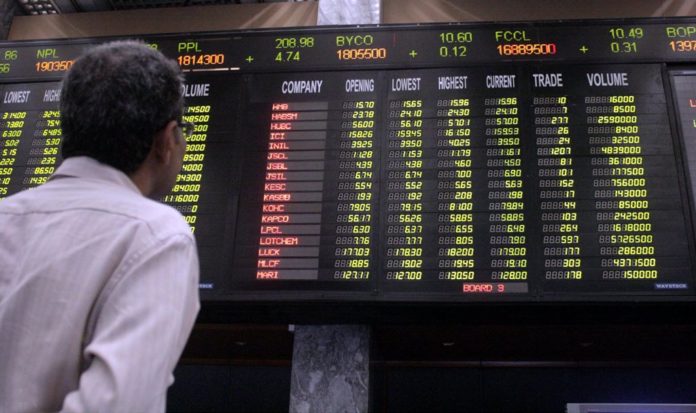PTBP Web Desk
Global oil markets saw another sharp decline on Friday, extending losses for a third consecutive session as geopolitical developments and monetary policy uncertainty weighed heavily on investor sentiment. The primary keyword: oil prices fall—remains central to this shift, as traders reacted to diplomatic efforts between Washington, Kyiv, and Moscow, alongside signs that US interest rate cuts may not arrive as soon as expected.
By early Friday, Brent crude futures slipped 1.5% to $62.45 per barrel, while US West Texas Intermediate (WTI) dropped 1.7% to $58.02 per barrel. Both benchmarks are on track to lose more than 2.5% this week, effectively reversing most of the gains made in the previous week. Oversupply concerns, a strong US dollar, and doubts about near-term rate cuts continued to place downward pressure on the energy market.
Market sentiment shifted significantly after reports emerged that the United States was encouraging both Ukraine and Russia to negotiate a peace agreement aimed at ending the ongoing three-year conflict. According to analysts, even a small possibility of such a breakthrough lowered the geopolitical risk premium attached to crude prices.
Washington’s involvement, along with signals that Kyiv may consider the US- and Russia-drafted proposal, triggered speculation that a peace deal could reopen trade routes, normalize production, and ultimately increase global oil supply. This prospect has contributed directly to the latest downward trend in international oil prices.
Saxo Bank analysts noted that crude futures came “under continued selling pressure” after Ukrainian President Volodymyr Zelenskiy reportedly agreed to examine the proposed plan. The note highlighted that the potential easing of tensions in Eastern Europe—despite uncertainty—has been enough to dampen bullish expectations in the oil market.
Tony Sycamore, market analyst at IG, said that although the chance of an agreement is slim, the mere possibility is weighing on prices. “Ukraine has not officially rejected the deal, keeping alive the market’s belief that geopolitical tensions could cool,” he wrote.
Despite the growing speculation, several experts warned that optimism surrounding the proposed peace initiative may be premature. Analysts at ANZ expressed skepticism, saying that “an accord is far from certain,” and noted that Kyiv has repeatedly dismissed Moscow’s demands as unacceptable.
The analysts added that even if negotiations begin, significant hurdles remain and meaningful progress could take months. As a result, market sentiment may be overreacting to political headlines that have yet to materialize into actionable agreements.
The geopolitical landscape became more complicated as new US sanctions against Russian oil producers Rosneft and Lukoil were scheduled to take effect on Friday. These sanctions aim to curb Russia’s energy revenues but could reshape supply dynamics depending on how effectively they are enforced.
Lukoil, which maintains an extensive international portfolio, has been given until December 13 to sell off its global assets. Meanwhile, market analysts remain divided over whether the restrictions will have a meaningful impact on global supply, with some predicting that the sanctions could be circumvented through alternative shipping and trading routes.
ANZ analysts reinforced this point, arguing that the market “is becoming sceptical” about the effectiveness of the latest restrictions, particularly given Russia’s history of adapting quickly to Western economic pressure.
Beyond geopolitics, currency movements also played a major role in the decline of oil prices. A stronger US dollar generally makes dollar-denominated commodities more expensive for buyers using other currencies, reducing overall demand. On Friday, the dollar strengthened further, supported by diminishing expectations of a rate cut at the upcoming Federal Reserve meeting.
According to UOB analysts, the dollar gained significant traction against major Asian currencies after minutes from the Federal Reserve’s October meeting indicated a divided committee and limited appetite for further near-term easing. Investors now expect the Fed to maintain its current rate stance through December, leading to increased demand for the dollar and additional downward pressure on crude.
The greenback is now headed for its best weekly performance in more than a month, reinforcing bearish momentum in oil markets.
Global oil supply remains a central concern for traders. Even slight shifts in geopolitical tensions or sanction policies can dramatically change expectations about availability. With the possibility of reduced geopolitical risk, ongoing uncertainty about sanctions, and potential future increases in production, the market continues to price in a scenario of excess supply.
Combined with weak investor appetite, falling risk sentiment, and a stronger US dollar, the short-term outlook for crude remains fragile.




